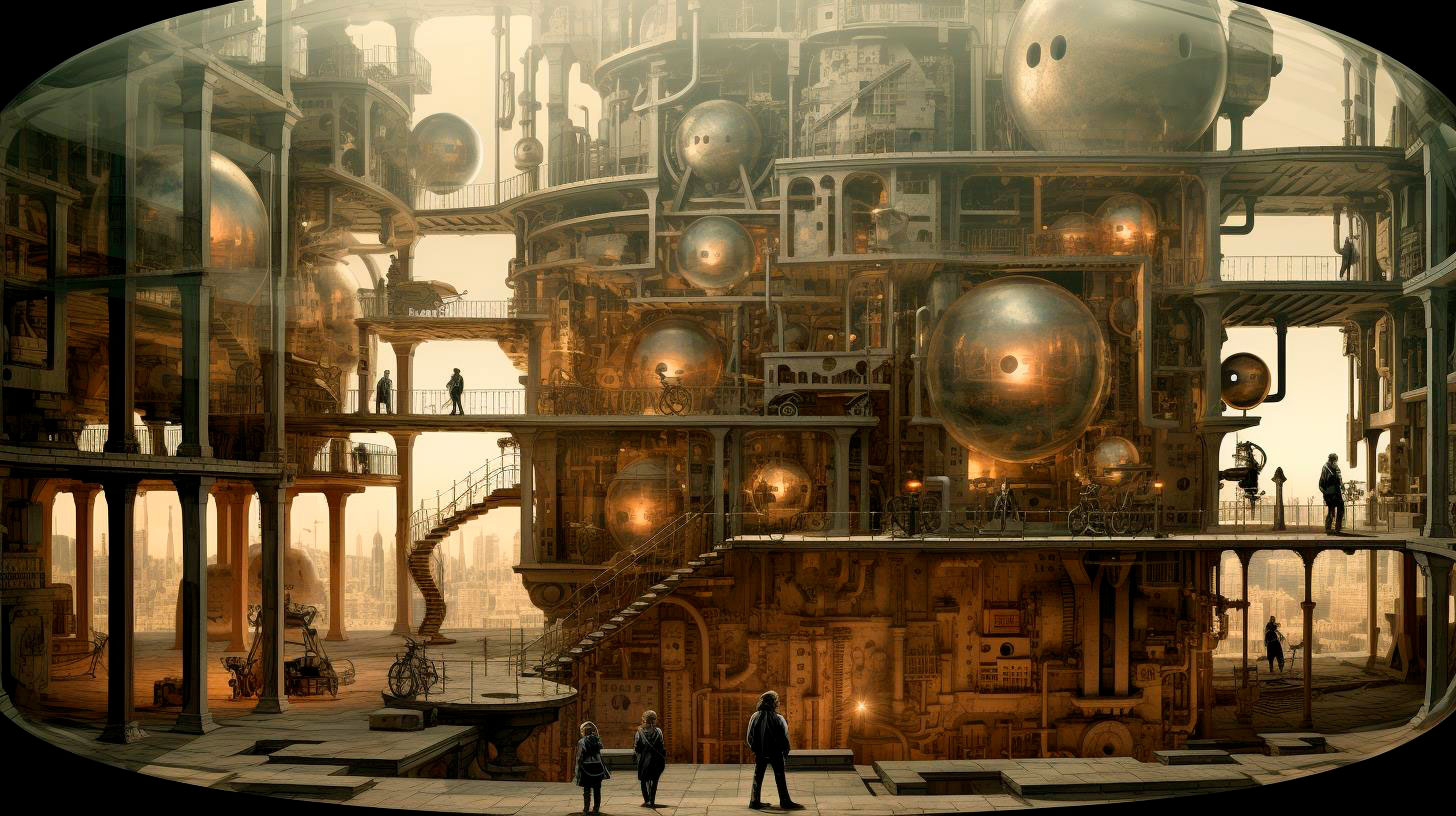By intentionally mismatching film and chemical processes, cross processing creates stunning and unpredictable color shifts, resulting in a vibrant and unique outcome.
What is Cross Processing?
Cross processing, also known as X-pro, is a technique that involves developing film in a chemical solution not designed for it. Traditionally, slide film (positive film) is processed in E-6 chemicals, and color negative film (C-41) is developed in C-41 chemicals. However, cross processing involves processing slide film in C-41 chemicals or color negative film in E-6 chemicals.
This alternative method leads to striking and unconventional color shifts. Blues might turn green, greens might turn yellow, or an overall increase in saturation could occur. These unpredictable results are what make cross processing so intriguing and attractive to photographers seeking a unique visual style.
Key Takeaways
- Cross processing is a technique that involves developing film in a chemical solution not intended for it.
- The process results in stunning color shifts, such as blues turning green or an overall increase in saturation.
- The unpredictability of cross processing makes it attractive to photographers seeking a unique style.
The Advantages of Cross Processing
Unique Aesthetic Appeal: Cross processing produces visually captivating images with vibrant and unusual color shifts. The resulting photographs have a distinct retro feel, perfect for adding character and nostalgia to your work.
Unpredictable Outcomes: With cross processing, every roll of film becomes a surprise. You never know what color shifts or saturation levels you will achieve, adding an element of excitement and spontaneity to your photography.
Creative Freedom: Cross processing empowers photographers to experiment and push the boundaries of traditional photography. It allows for creative expression and encourages unconventional thinking, inspiring photographers to take risks and try new techniques.
Key Advantages
- Cross processing creates a unique retro aesthetic, adding character and nostalgia to images.
- Unpredictable outcomes add excitement and spontaneity to the photographic process.
- It enables photographers to experiment and push the boundaries of traditional photography, fostering creative freedom.
How to Cross Process
If you’re eager to try cross processing yourself, here are some steps to guide you:
- Select Your Film: Determine whether you want to cross process slide film (positive film) in C-41 chemicals, or color negative film (C-41) in E-6 chemicals.
Key Steps for Cross Processing
- Choose between slide film in C-41 chemicals or color negative film in E-6 chemicals.
- Find an experienced lab or consider handling the cross processing at home.
- Experiment with vibrant and contrasting subjects to enhance color shifts.
- Develop the film with precision according to the chosen chemicals’ instructions.
- Embrace imperfections as they contribute to the retro charm of cross processing.
The Cross Processing Community
In recent years, the enthusiasm for cross processing has sparked the creation of a passionate community of photographers dedicated to this technique. The internet serves as a hub for sharing experiences, tips, and showcasing cross-processed photographs. Many social media platforms, such as Instagram and Flickr, have numerous groups and hashtags dedicated to cross processing.
Photographers within this community not only inspire each other but also collaborate, creating a supportive environment. Sharing work and engaging with fellow enthusiasts can foster creativity, encourage experimentation, and provide valuable feedback.
Key Community Aspects
- A passionate community of cross processing photographers has emerged in recent years.
- The internet facilitates the exchange of experiences, tips, and photographs among enthusiasts.
- Platforms like Instagram and Flickr host dedicated groups and hashtags for cross processing.
- The community encourages collaboration, fostering creativity and experimentation.
The Timeless Appeal of Cross Processing
Despite technological advancements in digital photography, the charm of analog processes like cross processing remains timeless. Its ability to create retro aesthetics and its unpredictable nature make it an appealing choice for photographers looking to infuse their work with nostalgia and vibrant colors. Cross processing not only satisfies a craving for the past but also pushes the boundaries of creativity, resulting in stunning and truly unique images.
Conclusion
In the vibrant world of cross processing, photographers can add a distinctive retro flair to their images. This technique, involving the intentional mismatching of film and chemical processes, produces striking color shifts and unpredictable outcomes. Cross processing offers a unique aesthetic appeal, creative freedom, and a supportive community of enthusiasts. So, why not immerse yourself in the unpredictable beauty of cross processing and rediscover the timeless magic of retro photography?
















+ There are no comments
Add yours